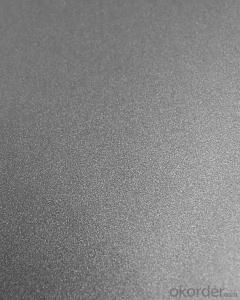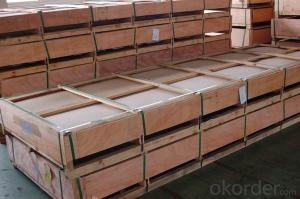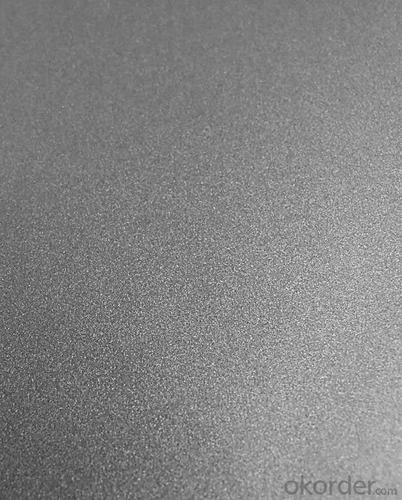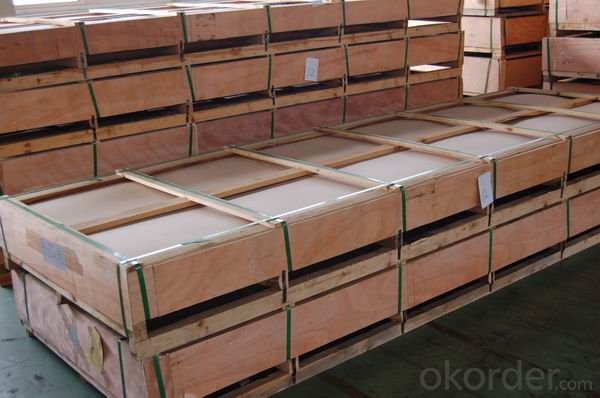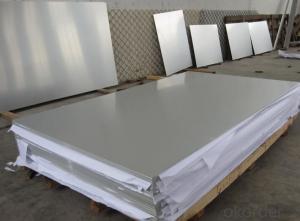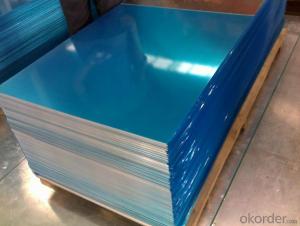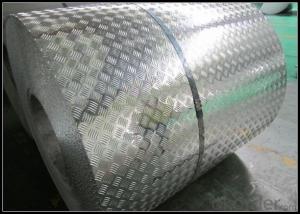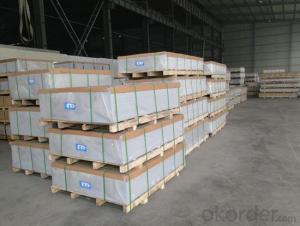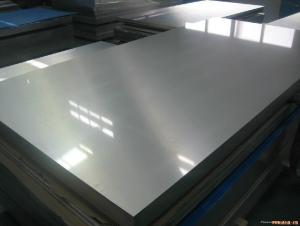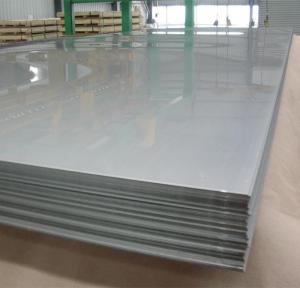Aluminum Sheets AA5083 New Hampshire for Construction
- Loading Port:
- Shanghai
- Payment Terms:
- TT OR LC
- Min Order Qty:
- 8 m.t.
- Supply Capability:
- 10000 m.t./month
OKorder Service Pledge
OKorder Financial Service
You Might Also Like
1.Structure of Aluminum Sheets AA5083 Used for Construction Description
Aluminum Sheets AA5083 Used aluminum curtain wall base plate, the traffic sign ,air-conditioner heat and exchangers. It is very popular on the market with competitive prices.
Aluminum Sheets AA5083 have been widely used in the fields of construction and decoration, electronic applications, lighting decoration, air-condition air pipes, sandwich panels and drainages etc. Resistant to weather corrosion ,durability, formability, self Cleansing
2.Main Features of Aluminum Sheets AA5083 Used for Construction
• Excellent weather-proof durability
• High erosion resistance
• Good mechanical processing performance
• High flexibility
3.Aluminum Sheets AA5083 Used for Construction Images
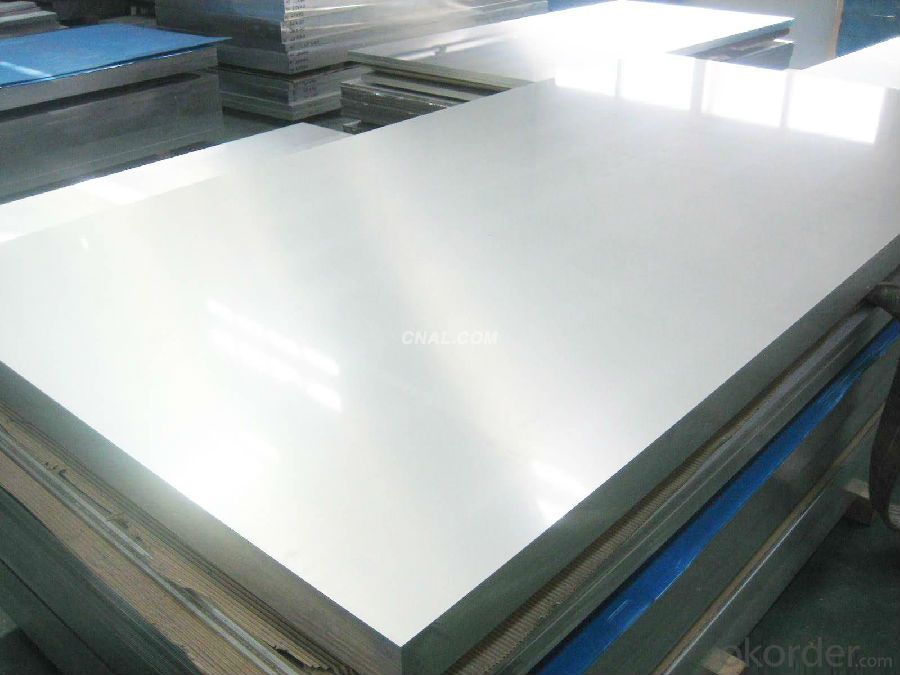
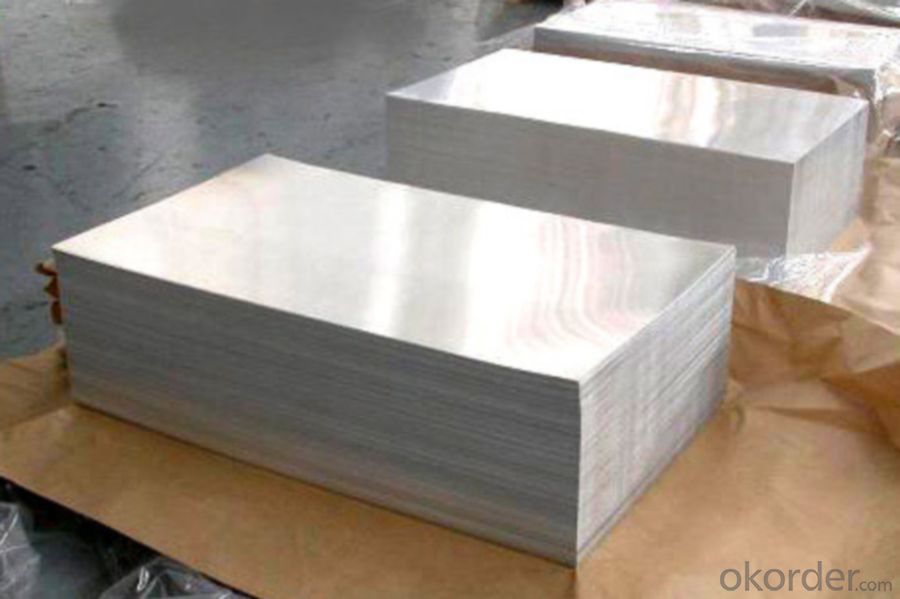
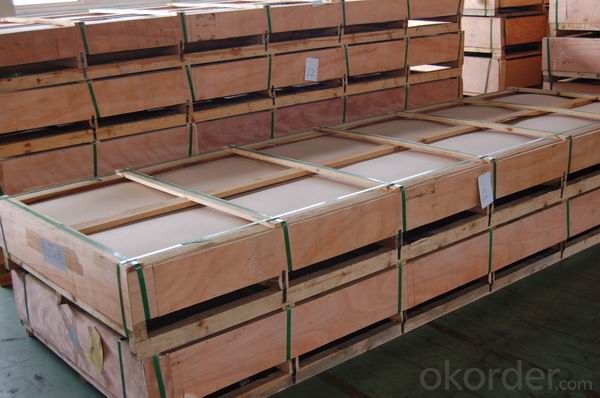
4.Aluminum Sheets AA5083 Used for Construction Specification
Alloy | AA5083 |
Temper | H14, H16,O/F |
Thickness | 0.2mm -- 100mm |
Width | 30mm -- 1700mm |
Standard | GB/T 3880-2006 |
5. FAQ of Aluminum Sheets AA5083 Used for Construction
A.Where is your facotry?
Our mill is in Henan Province. It is about three hours by high-speed train.
B.When will you deliver the products?
Aluminum Sheets AA5083 Used for Construction will be delivered within about 30 to 35 days after receiving advanced payment or original L/C.
- Q: This question asks if aluminum sheets can be recycled repeatedly without losing their quality.
- <p>Yes, aluminum sheets can be recycled multiple times without losing their quality. Aluminum is a highly recyclable material, and the recycling process does not degrade the material's properties. In fact, recycled aluminum requires significantly less energy to produce compared to mining and refining new aluminum from bauxite ore. This makes aluminum recycling an environmentally friendly and cost-effective process, contributing to sustainability and reducing the demand for raw materials.</p>
- Q: How do aluminum sheets perform in terms of dimensional stability?
- Aluminum sheets generally exhibit good dimensional stability due to their low coefficient of thermal expansion, meaning they are less likely to warp or deform when exposed to temperature changes compared to other materials.
- Q: Can aluminum sheets be easily formed or bent?
- Aluminum sheets possess the ability to be effortlessly formed or bent. The metal known as aluminum is remarkably pliable, signifying that it can be shaped into countless configurations without succumbing to fractures or breakages. This characteristic renders aluminum sheets exceedingly sought-after in sectors like automotive, aerospace, and construction, where the demand for intricate shapes and designs is paramount. Aluminum's pliability facilitates effortless manipulation via methods such as rolling, pressing, or bending, thereby empowering the fabrication of elaborate and tailor-made items. Furthermore, owing to aluminum's lightweight nature and remarkable strength-to-weight ratio, it stands as an ideal material for applications necessitating forming or bending, as it can be molded without adding excessive heft to the ultimate product.
- Q: What are the maximum dimensions of aluminum sheets?
- The maximum dimensions of aluminum sheets can vary depending on the specific manufacturing capabilities and requirements. However, commonly available aluminum sheets often have a maximum width of around 72 inches (6 feet) and a maximum length of approximately 240 inches (20 feet).
- Q: What is aluminium plate for?
- Two outdoor and indoor, outdoor curtain wall decoration, indoor ceiling (such as aluminum pinch plate, aluminum grille, aluminum hanging tablets, etc.), color diversity, but also can be made imitation wood grain, imitation marble and other colors, widely used
- Q: What does aluminum plate "1060-H24" mean?
- Four, H24 H said the work hardening of the state, and some do not have H but T said it is heat treatment.24 machining process control hardness and other properties, in addition to 24 and 12, 14, 16, 18, 22, 26, 34, 36 and so on, usually at the end of 4 is a semi hard state.1060O, 1060-H22, 1060-H24, 1060-H18 state is arranged from soft to hard.
- Q: This question asks for methods to prevent rusting on aluminum sheets while they are being stored or transported.
- <p>To prevent rusting on aluminum sheets during storage and transportation, follow these steps: Store the sheets in a dry, cool environment away from moisture and humidity. Use protective coverings such as plastic wraps or sheets to shield them from dust and water. Avoid stacking them directly on the ground; use pallets or racks to keep them elevated. Regularly inspect the sheets for any signs of moisture or damage. If possible, apply a protective coating or sealant specifically designed for aluminum to create a barrier against corrosion. Proper handling and packaging can also reduce the risk of scratches or dents that could lead to rust.</p>
- Q: does aluminum sheet need to conduct ROHS detection?it's metel material, how much detections should it conduct for ROHS detection?
- generally, all things in Europe needs ROSH EU's requirement, mainly detect the plumbum. ROSH detection is conducted by third party institution, and its report is also provided by the third party.
- Q: This question asks about the various types of adhesives that can be used to bond aluminum sheets together.
- <p>There are several types of adhesives suitable for bonding aluminum sheets together, including epoxy adhesives, which offer strong bonding and resistance to heat and chemicals; acrylic adhesives, known for their flexibility and resistance to UV light; cyanoacrylate adhesives, or super glues, which provide fast bonding but may not be as strong for heavy-duty applications; polyurethane adhesives, which are durable and flexible; and silicone adhesives, which are excellent for high-temperature applications and provide water resistance. Each type has its own advantages and is chosen based on the specific requirements of the bonding task, such as strength, flexibility, temperature resistance, and curing time.</p>
- Q: Are 101 aluminum sheets suitable for mold making?
- Generally, 101 aluminum sheets are not suitable for mold making. Although aluminum is often used for making molds because it is durable and can withstand high temperatures, 101 aluminum is a weak alloy that may not meet the necessary criteria for mold making. It is advisable to use aluminum alloys with greater strength and hardness, such as 6061 or 7075 alloys, for this purpose. These alloys provide better resistance against wear, deformation, and heat, making them more appropriate for creating molds that can endure the pressures and temperatures involved in the molding process.
Send your message to us
Aluminum Sheets AA5083 New Hampshire for Construction
- Loading Port:
- Shanghai
- Payment Terms:
- TT OR LC
- Min Order Qty:
- 8 m.t.
- Supply Capability:
- 10000 m.t./month
OKorder Service Pledge
OKorder Financial Service
Similar products
Hot products
Hot Searches
Related keywords
